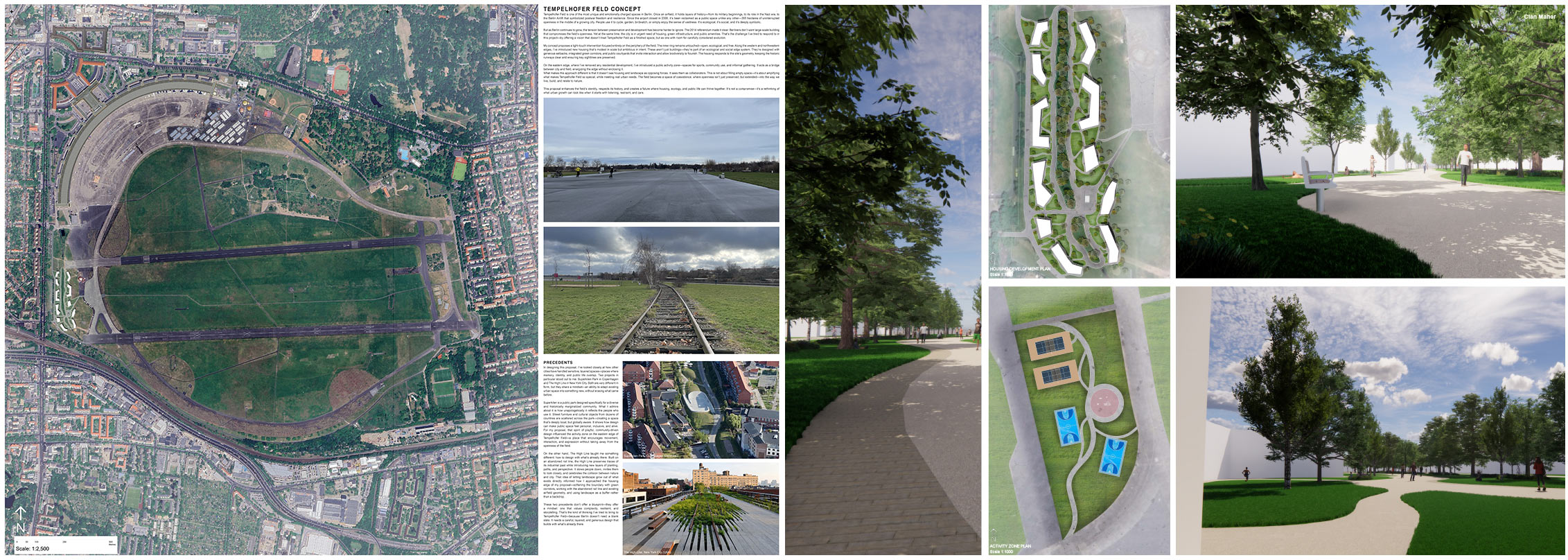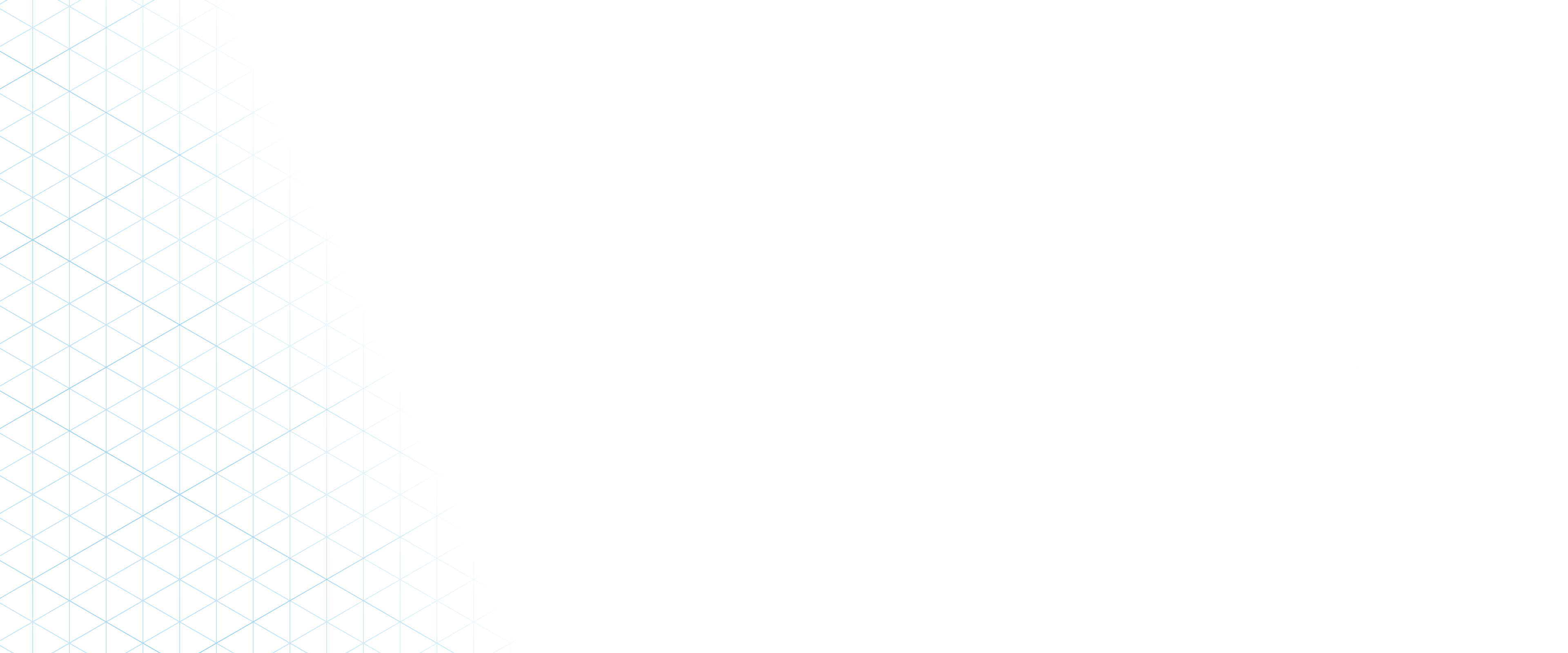

Cian Maher
Framing the Field: Urban Integration at Tempelhofer Feld
Tempelhofer Feld is a rare and extraordinary space, a vast, open landscape embedded in the heart of Berlin, rich with historical layers and contemporary significance. Once an airport and military airfield, it is now one of the largest urban green spaces in the world. Its uninterrupted openness offers a powerful sense of freedom, scale, and collective ownership, qualities that have made it fiercely protected by Berliners since its opening to the public in 2010.
Today, however, the city faces a dual challenge: how to accommodate growing demands for housing, active recreation, and climate-resilient infrastructure, without sacrificing the unique spatial character that makes Tempelhofer Feld so cherished. The tension between preservation and adaptation calls for a sensitive, strategic approach.
This proposal embraces the principle of "peripheral activation." Instead of intervening in the iconic central openness, it introduces two carefully scaled zones along the edges of Tempelhofer Feld. On the western edge, new housing developments are proposed, designed as permeable, green-integrated blocks that maintain sightlines, public access, and connections across the field. These residential areas aim to meet urban housing needs while respecting the open space ethos through controlled density and landscape integration.
On the eastern edge, a new sports and outdoor activity zone is introduced, featuring multi-use games areas (MUGAs), tennis courts, and flexible recreational spaces. This intervention responds to the needs of adjacent neighbourhoods for accessible, high-quality public sports infrastructure. The scale and distribution of facilities are carefully considered to enhance community use without overwhelming nearby residents or disrupting the quiet grandeur of the Feld.
The design is inspired by urban projects that have successfully layered new uses onto existing landscapes with sensitivity and creativity. Superkilen in Copenhagen demonstrates how active, diverse spaces can be inserted into a linear, open context without losing coherence or identity. The High Line in New York offers a model for how historical infrastructure can be transformed into a vibrant, ecologically sensitive public space, balancing preservation with new urban life. Like these precedents, this proposal views Tempelhofer Feld not as a static monument, but as a living, evolving landscape.
At the same time, the proposal remains deeply respectful of what makes Tempelhofer Feld unique. The vast central grasslands, runways, and horizon lines remain untouched. Ecological corridors, informal paths, and biodiversity habitats are protected and enhanced through careful planting and landscape stitching around the new edges.
Ultimately, the vision is to strengthen Tempelhofer Feld’s role as a shared, flexible, and future-proof space. Through minimal but meaningful interventions, it can adapt to meet Berlin’s changing needs while preserving its essential openness and collective spirit for generations to come.